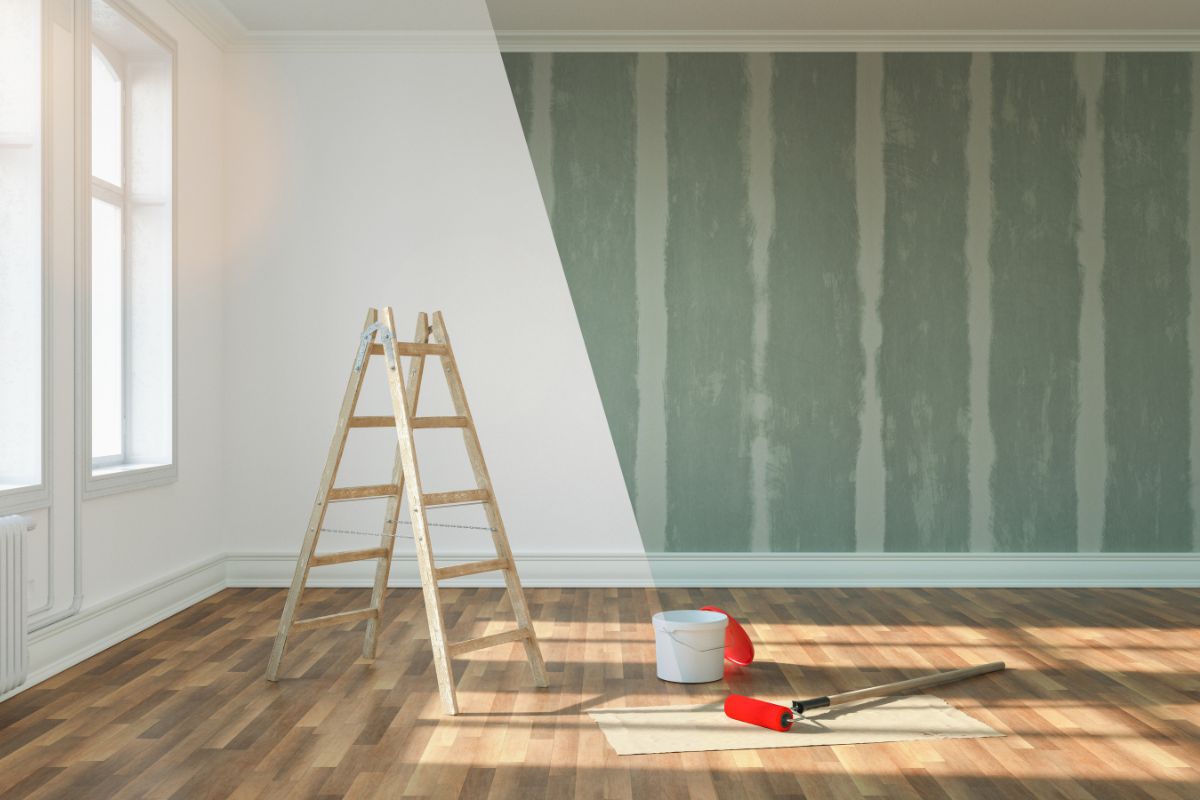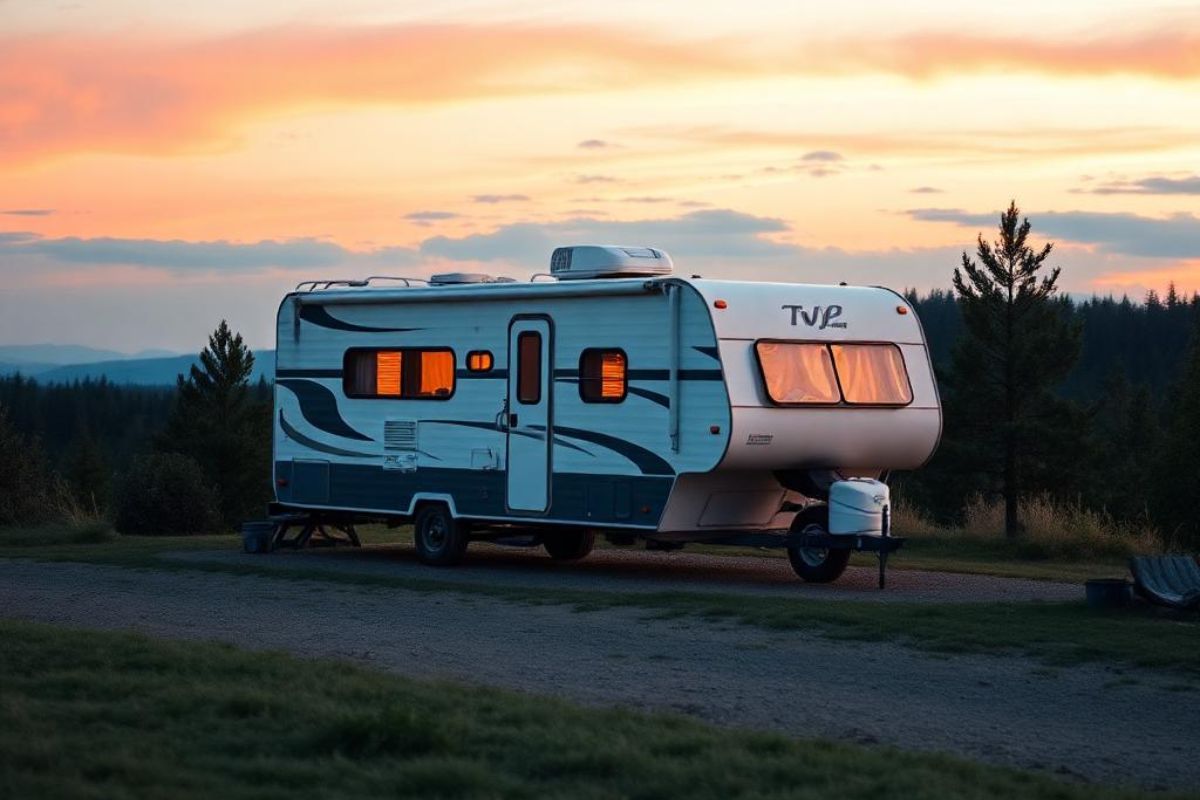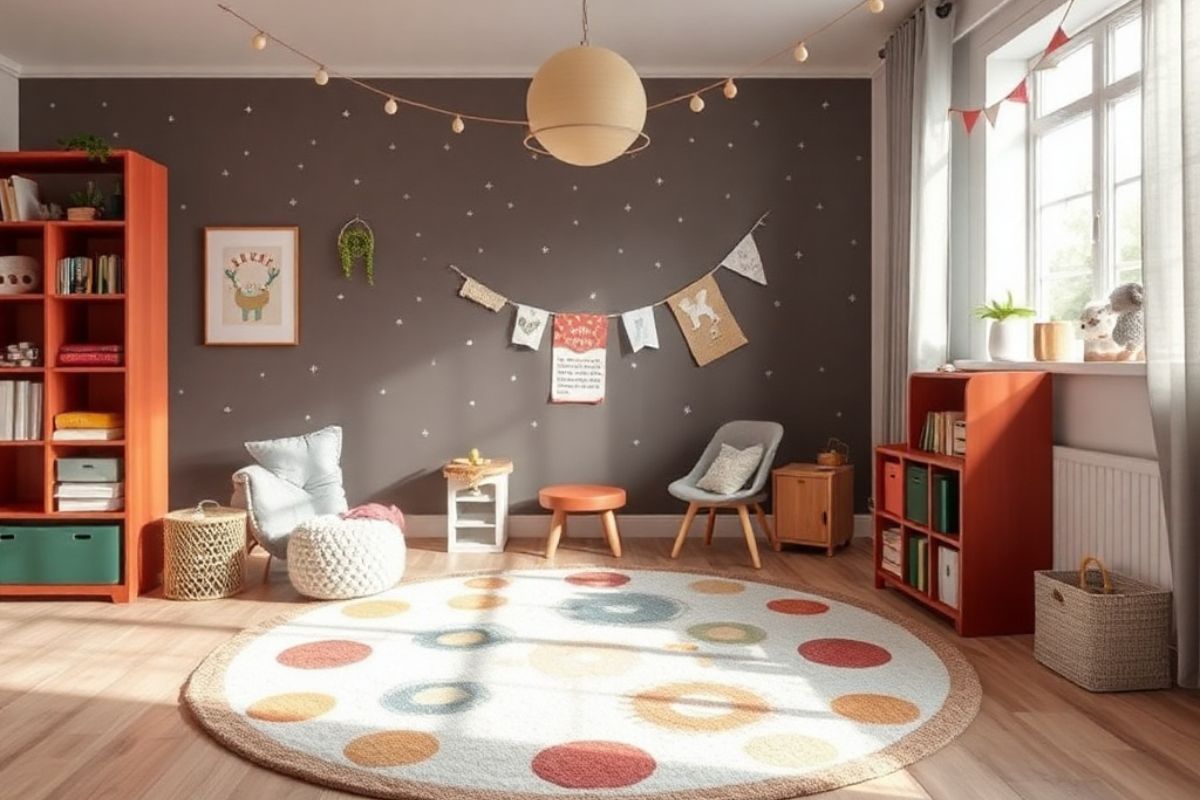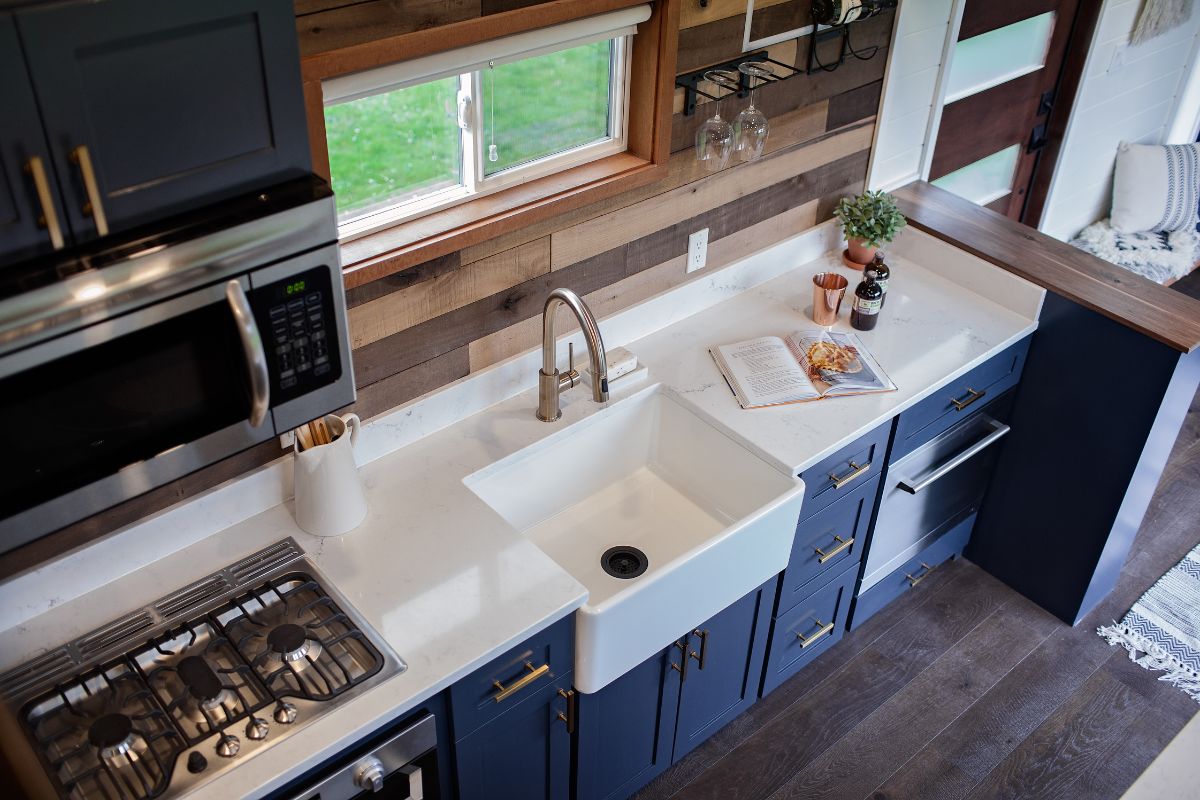For many, on the other hand, these compact dwellings offer a unique opportunity for creativity and innovation in design. According to Country Living Magazine, tiny houses can cost you between $3,000 and $12,000. After that, you can make renovations to showcase your creativity.
However, renovating a tiny house comes with its own set of challenges. Even seasoned DIYers can make mistakes that end up costing time, money, and frustration. In this article, we'll explore a few amateur mistakes to avoid when renovating your tiny house.
Overlooking Building Codes and Regulations
Before starting any renovations, familiarize yourself with relevant building codes, zoning ordinances, and permitting requirements in your area. Determine whether your tiny house is classified as a permanent dwelling or a recreational vehicle and ensure that your renovations comply with applicable regulations.
Common mistakes include installing non-compliant plumbing or electrical systems, exceeding maximum height or width restrictions, or failing to obtain necessary permits for structural modifications. Ignoring these regulations can result in costly fines, forced removal of renovations, or even legal action.
Underestimating Space Planning
Every inch counts in a small space, so it's essential to carefully consider how you'll use each area. Amateur renovators often make the mistake of underestimating the importance of efficient layout design. They may prioritize aesthetics over functionality or fail to anticipate their future needs.
Before diving into renovations, take the time to thoroughly assess your space requirements and lifestyle preferences. Consider factors such as storage needs, furniture size, traffic flow, and multi-functional spaces. Sketch out several floor plan options and test them out using cardboard cutouts or digital design tools.
According to Forbes, most tiny homes, on average, have floor spaces of 400 square feet. Hence, remember that you don’t have a lot of ground to work on. By investing time in thoughtful space planning upfront, you can avoid costly and time-consuming changes later on.
Skimping on Insulation and Ventilation
Insufficient insulation can lead to temperature fluctuations, moisture buildup, and increased heating or cooling costs. Neglecting ventilation can result in poor indoor air quality, mold growth, and respiratory issues.
When renovating your tiny house, invest in high-quality insulation materials and ensure adequate ventilation in kitchens, bathrooms, and living areas.
Consider options such as spray foam insulation, rigid foam boards, or natural fiber insulation, depending on your budget and preferences. Install properly sized vents, fans, and exhaust systems to remove excess moisture and odors from your tiny house. Prioritize energy-efficient design features to minimize heating and cooling demands and enhance overall comfort.
Neglecting Structural Integrity
Before embarking on any renovations, thoroughly inspect the foundation, walls, roof, and framing of your tiny house. Look for signs of water damage, rot, pest infestations, and structural weaknesses. If you discover any problems, address them promptly and enlist the help of a qualified professional if necessary.
Additionally, be cautious when making alterations to load-bearing walls or modifying the roofline. Consult with a structural engineer or builder to ensure that your renovations won't compromise the integrity of your tiny house.
Tip! In addition to ensuring the structural soundness of your tiny house, it's also essential to protect it against unforeseen risks with proper insurance. Home insurance provides valuable coverage for your investment, safeguarding your tiny house from various hazards. To understand the benefits and find the right coverage, check out this resource on home insurance, which offers insights into comprehensive policies tailored to your needs.
Once you’re aware of all the structural details, you can make the renovations on your own if you have the necessary skills and tools. You can have an expert oversee your work, bring in the required tools from a construction equipment rental, and get working on the renovation.
According to SitePro Rentals, the best part of working with rental equipment is that you don’t have to oversee the equipment’s maintenance. Whatever construction equipment you use, the equipment rental will simply take the per day or per week charge from you. You don’t have to bother about additional maintenance costs.
Forgetting Natural Light
Natural light is a crucial aspect of tiny house living, playing a significant role in creating a comfortable and inviting atmosphere within limited space. Overlooking it during renovations can lead to a cramped, stuffy environment that feels unwelcoming.
When planning renovations, it's essential to prioritize the placement and size of windows to maximize natural light intake. Larger windows or strategically placed skylights can help illuminate the interior, making the space feel more open and airy.
In addition to physical health benefits, natural light can positively impact mental well-being. Sunlight exposure has been linked to mood improvement and increased productivity.
By natural lighting in tiny house renovations, occupants can enjoy a more pleasant living environment that promotes both physical and mental wellness.
Overcrowding with Too Many Features
Amateur renovators sometimes fall into the trap of overcrowding their tiny houses with too many features, furnishings, and decorations. While it's tempting to pack every square inch with amenities and accessories, this approach can result in a cluttered, cramped, and uncomfortable living environment.
Resist the urge to cram your tiny house with unnecessary furniture, appliances, or decorative items. Instead, focus on prioritizing essential features and maximizing multi-functional spaces. Choose versatile furnishings that serve multiple purposes, such as storage ottomans, fold-down tables, or loft beds with built-in storage.
Be selective about the materials, colors, and finishes you use to prevent visual clutter and create a sense of openness and cohesion. Embrace minimalist design principles and opt for neutral tones and streamlined furniture arrangements to make your tiny house feel more spacious and inviting.
Thinking of renovating your THOW? Here are tips for renovating a tiny house on wheels.
Frequently Asked Questions (FAQs)
How can you maximize space in a tiny house?
Maximizing space in a tiny house involves utilizing multifunctional furniture, such as Murphy beds or convertible sofas, to serve dual purposes. Additionally, incorporating built-in storage solutions, such as under-stair storage or overhead cabinets, helps minimize clutter and optimize floor space.
Making use of vertical space with tall shelving or lofted sleeping areas can further maximize living areas. Efficient organization and decluttering regularly also contribute to maximizing available space.
When should you renovate your tiny home?
Renovate your tiny home when it no longer meets your functional needs, lifestyle changes occur, or when repairs and maintenance become necessary. Consider renovations to improve energy efficiency, update outdated features, or enhance aesthetics.
Timing may also depend on budget availability and feasibility. Regular assessments of the tiny home's condition can help identify when renovations are needed to maintain or improve its functionality, comfort, and overall livability.
How to ensure maximum space utilization in a tiny home?
To ensure maximum space utilization in a tiny home, prioritize multifunctional furniture that serves multiple purposes. These can include a sofa with built-in storage or a dining table that converts into a workspace.
Also, opt for custom-built storage solutions tailored to fit the unique dimensions of the space, such as under-stair storage or overhead cabinets. Embrace vertical space by installing tall shelving units or lofted sleeping areas, freeing up valuable floor space for movement and activities. Regular decluttering and organization also play a crucial role in maximizing usable space and maintaining a tidy, functional environment within the tiny home.
In conclusion, renovating a tiny house requires careful planning, attention to detail, and a willingness to learn from others' mistakes. By avoiding these common amateur mistakes, you can ensure a satisfying renovation experience that enhances the functionality, comfort, and beauty of your compact dwelling.
Whether you're a seasoned DIY enthusiast or a first-time renovator, approach your project with patience, diligence, and a commitment to quality craftsmanship.






Share: